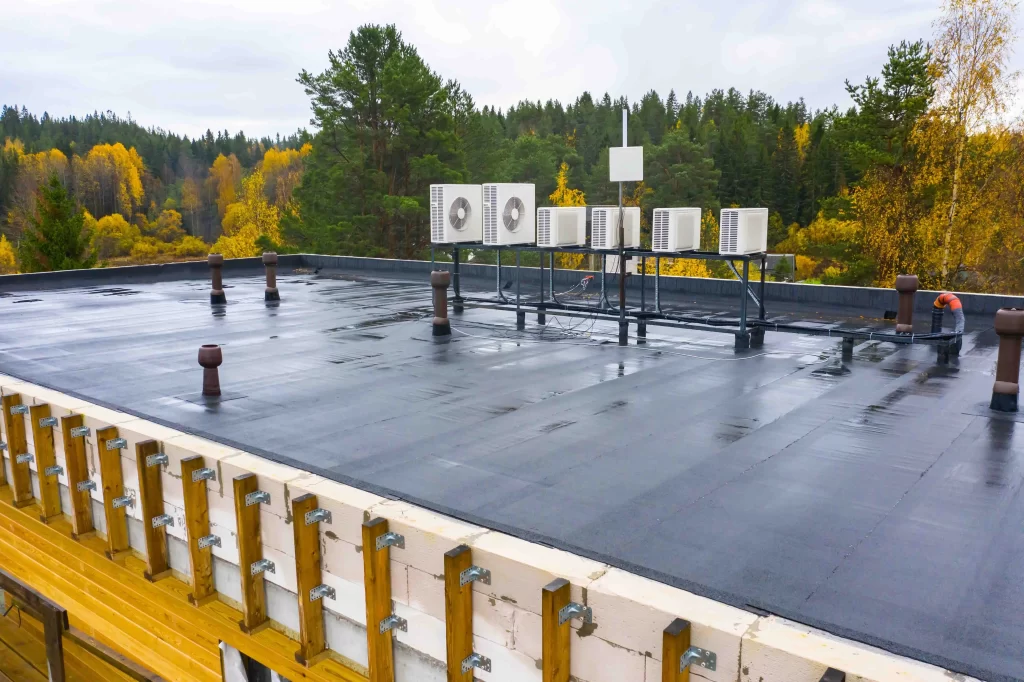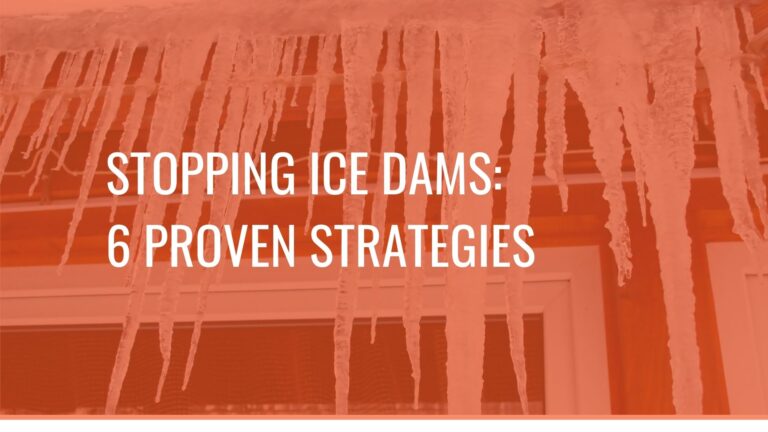Embracing the Unexpected: Effects of Unseasonably Warm Winter Weather
As Midwesterners, we’re no strangers to the whims of Mother Nature. Our winters are typically characterized by bone-chilling temperatures, biting winds, and of course, plenty of snow. However, this year has been different – unseasonably warm weather has taken us all by surprise. While we might be tempted to enjoy the milder temperatures, it’s essential to consider how this unusual weather can impact our homes, particularly our roofs.
On this page
(Click for a shortcut)
Unusually warm
You may be wondering why December 2023 feels like a rerun of November. Normally, we would expect harsh winter weather. We find ourselves trading our snow shovels for light jackets instead.
Well, strong El Niño conditions in the Pacific Ocean are to blame. They keep the frigid winter air masses locked up in central and northern Canada, 1,000-2,000 miles to our north. The winter weather therefore has been muddy at best. Consequently, lack of snow cover boosts temperatures even further. This is because bare ground absorbs sunlight and warms the air above it 10-20 times more effectively than fresh snow.
Throughout the Midwest in December, temperatures on average were 10-15 degrees F above normal. Actually, this has been the warmest December on record.
During this period, the highest temperature was marked as 68 degrees F. Somebody grab the lemonade and sunscreen…
Effects on roofing materials
Roofing materials are designed to withstand a range of weather conditions, from freezing temperatures to scorching heat. However, prolonged exposure to unseasonably warm weather can still have consequences. Here’s how your roof might be affected

Shingle expansion and contraction
The constant fluctuation between warm days and cold nights can cause roofing materials, especially asphalt shingles, to expand and contract. This repeated movement can lead to premature wear and tear, potentially shortening the lifespan of your roof.
Ice dam formation
With warm temperatures during the day and cooler temperatures at night, the snow on your roof can melt and refreeze, creating ice dams. These ice formations can obstruct proper drainage, leading to water damage and leaks within your home. Keep an eye out for this as temps drop below freezing.
Moss and algae growth

The warmth and increased moisture can create favorable conditions for moss and algae to thrive on your roof. While these organisms may seem harmless at first, they can compromise the integrity of your roofing materials over time. Oh, we must have forgotten to mention their effect on curb appeal too.
Conclusion
While we may appreciate the break from the bitter cold, it’s crucial to remain vigilant when it comes to our homes.
The warm winter weather in the Midwest serves as a reminder to stay proactive in maintaining the integrity of our roofs. By taking the necessary precautions and seeking professional guidance, we can ensure that our homes remain safe and secure, regardless of the weather’s unexpected twists.
T-10 will leave you with a joke…
Why did the weather in Midwest break up with its thermostat? Because it couldn’t commit to just one temperature.




